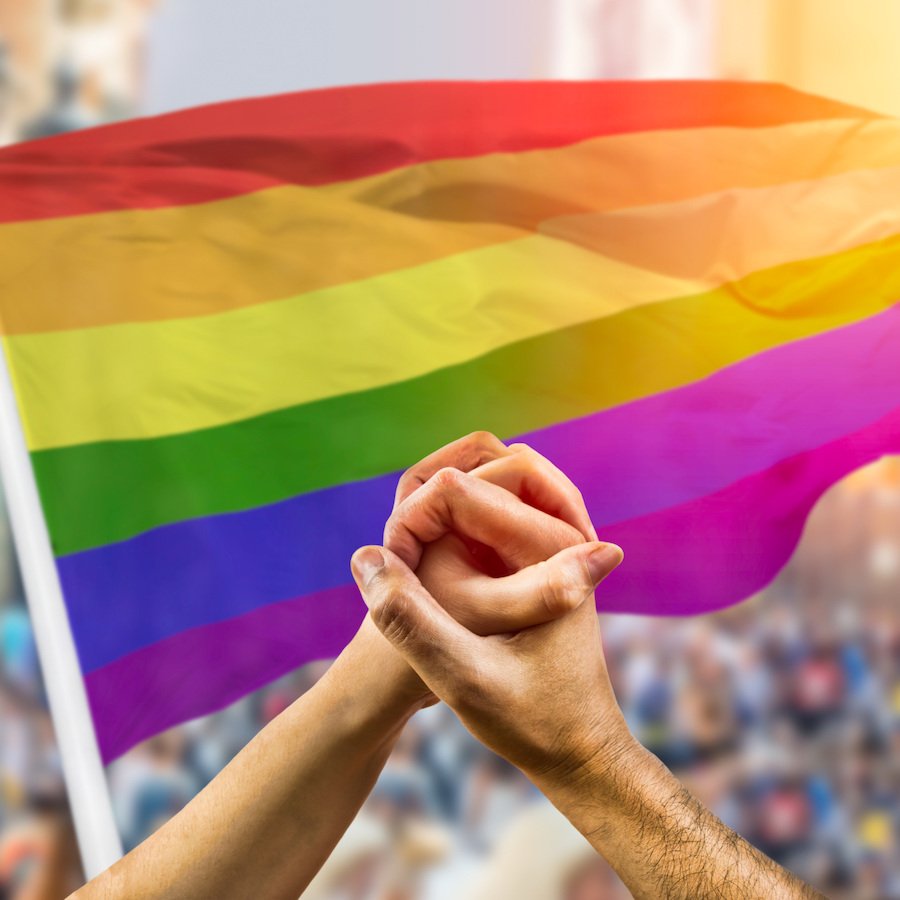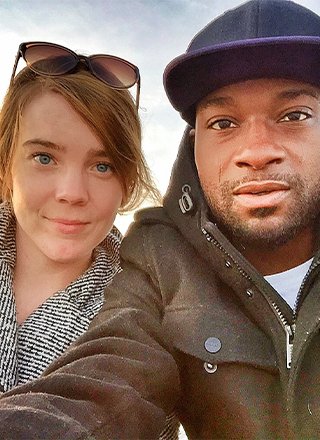Renewed Push For Coercive Forms Of School Prayer
In the wake of the Supreme Court’s decision in Kennedy v. Bremerton, we’re seeing a predictable push for state-sponsored prayer and religious worship in public schools.
In Eaton Rapids, Mich., Superintendent Bill DeFrance cited the Bremerton case in proposing coach-led prayer groups before and after high school soccer games.
In Florida, Christi Fraga, a member of the school board in Miami-Dade, complains that Americans are losing faith in a higher power and adds, “So in my community, there has been a cry for help – a cry to allow prayer in our schools. I hope it brings back our country to its foundation.”
In Hawaii, Eva Andrade, president of the Hawaii Family Forum, has called on legislators to use the Bremerton ruling to introduce prayer into school events.
As The Washington Post reported recently, lawmakers in several states are pushing for new school prayer laws. In other parts of the country, public school officials say coaches were praying with students long before the ruling in the Bremerton case.
What these people fail to appreciate is the danger posed by religious coercion. By ourselves or with our loved ones, finding peace within religious routines, prayers and other modes of worship is perfectly acceptable – but these actions must always be chosen voluntarily, never compelled.
What entitles one individual to force these personal beliefs into government facilities? What gives anyone the right to burden others for simply not living or believing as they do? These considerations should be enough in recognizing the harm of what they aim to do, but it’s not.
As Americans United has said many times, religious freedom should be a shield that protects, not a sword that causes harm to others. Those pushing their religion onto others in public schools all too often fail to make this distinction.
DeFrance says that implementing prayer allows students to learn more about different cultures and their methods of worship. While it sounds like a reasonable proposal, it being put into practice is another story.
A holistic religious studies curriculum would give students the means to understand and appreciate the richness of world religions. To achieve these ends, they’d study Buddhism, Hinduism, Judaism, Jainism and Taoism, to name a few – but they would study those religions, not participate in their worship. Especially in homogenous communities where most residents are white Christians, implementing a truly comprehensive and objective religious studies program can be problematic. Yet if Christianity is the only religion whose prayers and traditions are seriously implemented, it is not considered religious studies. It is an imposition on faculty and students who do not adhere to Christian doctrine.
If the model proposed by DeFrance were seriously considered, it places inordinate amounts of stress on students who are not part of the community’s religious majority. Speaking from experience, being a non-religious cultural minority in predominantly white, Christian spaces is a traumatic and stressful experience – one that too many unfortunately relate to.
Continuously fighting for the separation of church and state will save so many kids who can sympathize with this struggle. Not only is it a political fight, but it ensures that students across the country can practice freely and determine for themselves what they want to believe, without the imposition of their schools and government.


